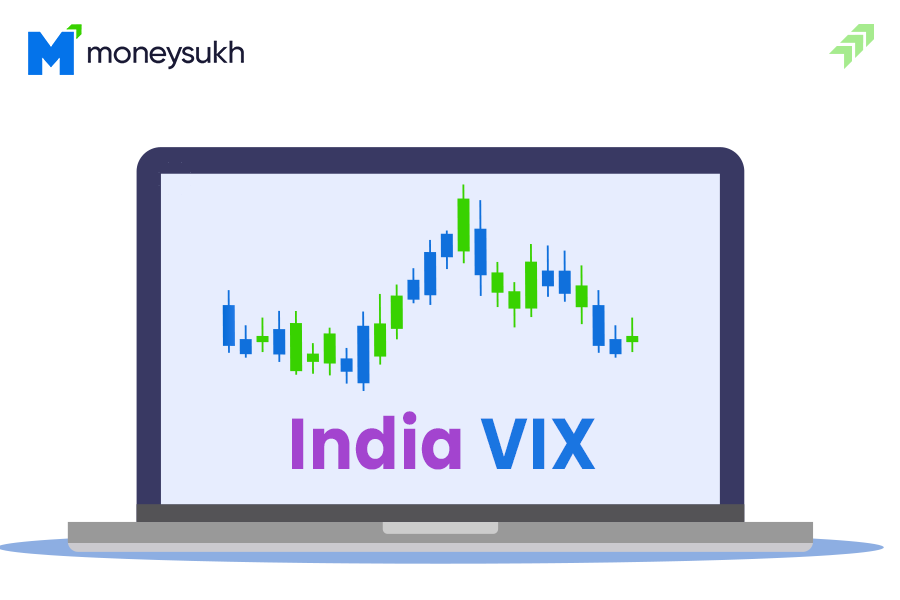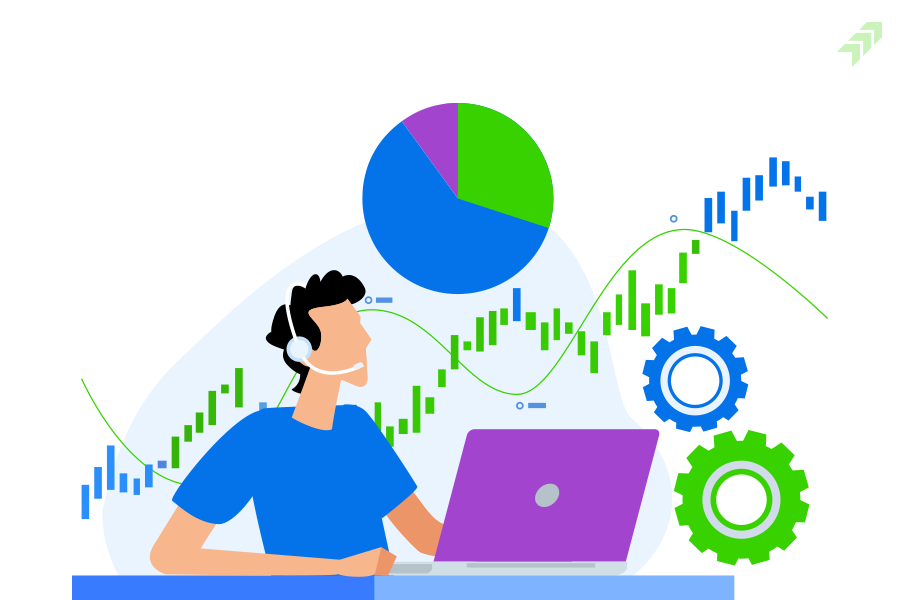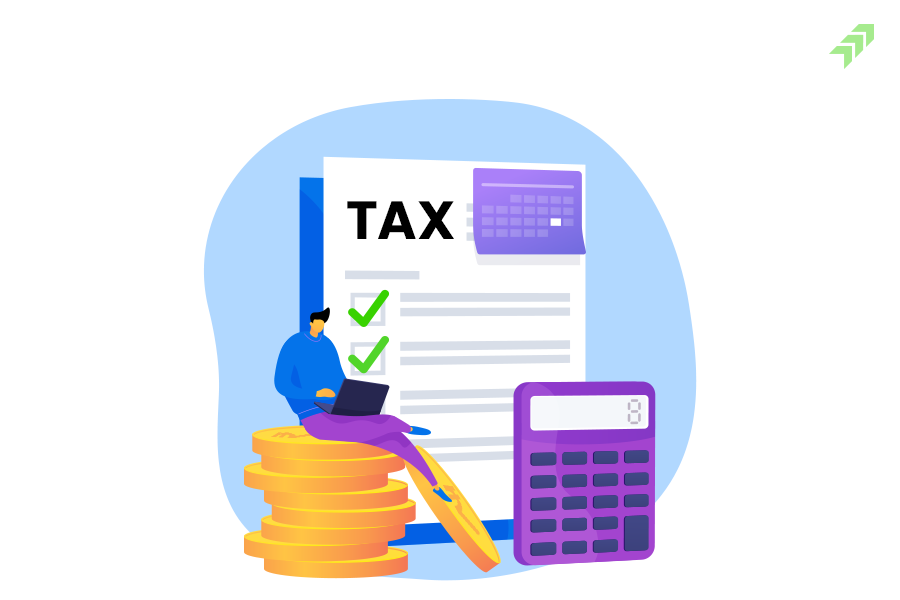The stock market, where world market participants invest their money, can’t be the place that remains constant. Governing the stock market is the uncertainty in relation to countries at the macro or micro level, uncertainty at the company level both at the micro and macro level, and therefore, volatility is a measure of investor uncertainty. Participants are always on the run to forecast what will happen next, forecasting future expectations and discounting those expectations into the stock price through buying and selling securities. This constant buying and selling pressure on the basis of news leads to uncertainty, which leads to volatility and hence movement in the stock price. Factors contributing to market movement include political, economic, industry, and sector performance, company performance, and inflation. In the long run, volatility is normal as stock prices undergo periods of uptrends and downtrends, which are unsettling but unavoidable.
In India, stock market volatility is reflected by the volatility index, the Nifty VIX, also known as the India VIX. India VIX, developed by the NSE in 2008, is a measure of the market expectation of volatility over the near term, over the next 30 days.
What is India VIX and How Does It Work?
The volatility index (India VIX) is a type of parameter to measure the volatility of the index for a certain period. VIX is simply defined as the rate and magnitude of price movements in the index of the stock market or any other. Volatility Index India means the volatility index calculated by and for the Indian stock exchange NSE of its main index, Nifty50, for traders to expect over the next 30 days.
VIX India was first introduced by the Chicago Board of Options Exchange for the US markets in 1993, based on S&P 100 Index option prices. While in India, it was launched by the NSE in 2008, helping traders and investors estimate the volatility of the index.
How is India VIX calculated?
VIX is calculated using the Black & Scholes model, which consists of five variables like the market price of the stock, the strike price, the time to expiry, the risk-free rate, and the volatility of option contracts. All these variables are taken into account and calculated with a formula. Though the calculation of VIX India is a complicated process that requires specialized mathematical knowledge and experience to understand the entire process, However, to make you understand it easily, we are taking an example to explain how it is calculated.
For example, let's take the main index of the Indian stock exchange, the Nifty 50.
Suppose that VIX India today is at 100. This means that over the next 12 months, the Nifty 50 index can increase or decrease by 10% from its current level.
So, if Nifty is currently trading at 17,000 and VIX India is at 15, it means Nifty can fall to 14450 or rise to 19550 from now until the next 12 months.
And to get an accurate range for the next 30 days, apply this formula:
(15/√ (12)) * 17,000.
This gives us +/- 736.
This means the Nifty 50 index can fall to 16,264 or increase to 17736 in the next 30 days.

What does India VIX indicate?
India VIX index is one of the best indicators showing the uncertainty of the market to traders. When you see the India VIX chart, it indicates to intraday as well as short-term traders how much the market is likely to rise or fall in the near term. Apart from short-term traders, long-term investors also get cues from VIX India before making any investment in the market.
Futures and Option traders typically use VIX India to decide whether to buy or sell an option contract. And when VIX India is high, trading in options becomes more attractive as buyers are likely to book more profits. And option traders also earn a lot when VIX India is falling.
What Happens if India VIX Increases or Decreases?
A VIX increase or decrease indicates how much the market can move on either side. If the India VIX index is falling, it is assumed that market participants are placing risky bets, are confident, and are discounting an optimistic future. A lower VIX signifies low volatility and stable asset prices. When the VIX index is falling, people are bidding up the prices of the call option compared to the put option. On the contrary, if the India VIX index is increasing, it indicates that market participants are becoming risk-averse and underlying confidence is low. In the rising VIX scenario, people are bidding up the prices of the put option compared to the call option.
After the entry of COVID, the India VIX chart has traded at an unbelievable level above 80. Even though action on the ground was stretched to March, the market has discounted the effect of lockdown and the selling climax, as can be seen from the India VIX chart, which started in late February.

How to use the India VIX for Trading or Investing?
VIX India means volatility for the next 30 days, and hence long-term investors don’t worry about the short-term price fluctuation, resulting in them being less affected by the movement in VIX India. The short-term or intraday movement of VIX India doesn't affect the profitability of long-term investments. But when India's VIX rises in the long term, it indicates there are uncertainties in the market, and long-term investors are also likely to be affected by the VIX.
Alternatively, India VIX for trading is used by traders in options as a valuable tool while making options into any contract. When volatility is higher, options become more valuable; hence, options traders pay more attention to the fluctuation in VIX India.
In intraday trading, stock traders use the India VIX company as an indicative tool to set their stop-loss or book profit. When volatility is high, then the price of the stock of a company moves sharply, and there is also a high chance of hitting the stop loss that needs to be adjusted from time to time to avoid major losses.
Why is VIX important?
VIX India is playing a very important role in understanding the fear factor and confidence levels among traders. If we talk about the NSE India VIX, we can estimate the direction and movement of this index over a certain period, usually 30 days.
The value of the index and the volatility of the index move in parallel with each other. The higher value of India's VIX India indicates higher volatility expectations, resulting in significant changes in the Nifty, while a lower value of VIX India means low volatility is expected.
It plays a very crucial role when making the decision to buy a stock or index for the short to medium term. If the volatility is higher, there is a high chance of moving the stock or index on either side. And traders, especially those playing intraday or in the derivatives segment, get the best profits during high volatility. But there are high chances of losses, and if volatility is low, traders don't get much chance to earn a high profit, while investors do not take it seriously.
How much of India VIX is good?
In most cases, market participants will witness India VIX hovering around 15, and traders or investors can expect these price fluctuations between the range of 15+ and 15- for the next 30 days. The VIX India oscillates between 15 to 35 percent, and any value around 15 represents low volatility, while volatility beyond 35 means there are high fluctuations in the market that can be risky for trading.
However, historically, the main index, NIFTY 50, and volatility have shared a negative correlation. Whenever VIX rises, the Nifty falls, and when VIX India falls, the Nifty is in an upward trend. Hence, VIX India around 15 is good for everyone, and if VIX India moves close to zero, it means either index can double or become 0, but VIX has the potential to revert to the mean.
Summing-up
VIX India is simply a volatility index to measure the expectations of the market toward volatility. It is one of the most influential indicators to estimate the expected price movement of stocks. The higher the volatility, the more the price of the share or index changes significantly. And plays an important role in determining the price and premiums of the derivatives contracts.
Using the Black-Scholes model, you can find out how the options process rises with the rise in volatility and falls with the decrease in volatility only when everything remains the same. The best way to trade according to volatility is by buying and selling options.
But the negative aspect of this approach is practical in the real world, where all other things like time deterioration and stock prices do not remain the same while volatility is moving. At this point, it becomes difficult for traders to trade as per the volatility of options. Hence, using the current India VIX trader’s trade in the market with much more efficiency and confidence.
FAQs
What is market volatility?
When market participants discount macro, micro, political, or company-related news, it leads to changes in the prices of securities, which in turn leads to movement in the price of a security and, hence, market volatility.
What is India VIX?
The volatility index, India VIX is a type of parameter to measure the volatility of the index for a certain period. VIX is simply defined as the rate and magnitude of price movements in the index of the stock market or any other. Volatility Index India means the volatility index calculated by and for the Indian stock exchange NSE of its main index, Nifty50, for traders to expect over the next 30 days. VIX India was first introduced by the Chicago Board of Options Exchange for the US markets in 1993, based on S&P 100 Index option prices. While in India, it was launched by the NSE in 2008, helping traders and investors estimate the volatility of the index.
What is the value of India VIX?
India VIX moves in a range with a median of 15-35. However, it can also reach extremely low or high values under certain circumstances. When India VIX value falls to zero, the index can either double or become zero.
However, India VIX is non-directional, meaning it doesn’t indicate which direction the market will turn. It simply represents the anticipation of volatility by investors for the next thirty days.
How can I learn to read NSE India VIX live chart?
You can find insights on how to read a Volatility Index chart (India VIX live chart) at this link.
Who can use India VIX?
India VIX is used by a wide range of market players, including investors, traders, options writers, portfolio and mutual fund managers. They follow the VIX movement to adjust their market expectations and beta exposure.
How does India VIX affect stock prices?
India VIX is a measurement of market volatility. Usually, when India VIX rises, NIFTY falls, indicating a good time to buy stocks.
What is a poor India VIX value?
For a trader, there is no such thing as poor India VIX value. A trader finds a money-making opportunity at any market point. However, retail investors are used to rising markets, and any correction or pullback is a sign of bad sentiment. So rising India VIX values are assumed to be bad.
What is the relationship between India VIX and NIFTY 50?
The two index exhibit negative correlation toward each other. When Nifty 50 rises, India VIX fall, and when Volatility index rises, Nifty 50 falls.
How can I trade India VIX?
Retail investors can’t trade India VIX index, however institutional traders use index to hedge their positions.


















10 Comments
[…] Also Read: VIX India: How it Works, Calculated & Used for Share Trading […]
[…] Also Read: VIX India: How it Works, Calculated & Used for Share Trading […]
[…] Also Read:VIX India: How it Works, Calculated & Used for Share Trading […]
[…] Also Read: VIX India: How it Works, Calculated & Used for Share Trading […]
[…] Also Read: VIX India: How it Works, Calculated & Used for Share Trading […]
[…] Also Read: VIX India: How it Works, Calculated & Used for Share Trading […]
[…] Also Read: VIX India: How it Works, Calculated & Used for Share Trading […]
[…] Also Read: VIX India: How it Works, Calculated & Used for Share Trading […]
[…] Also Read: VIX India: How it Works, Calculated & Used for Share Trading […]
[…] Also Read: VIX India: How it Works, Calculated & Used for Share Trading […]